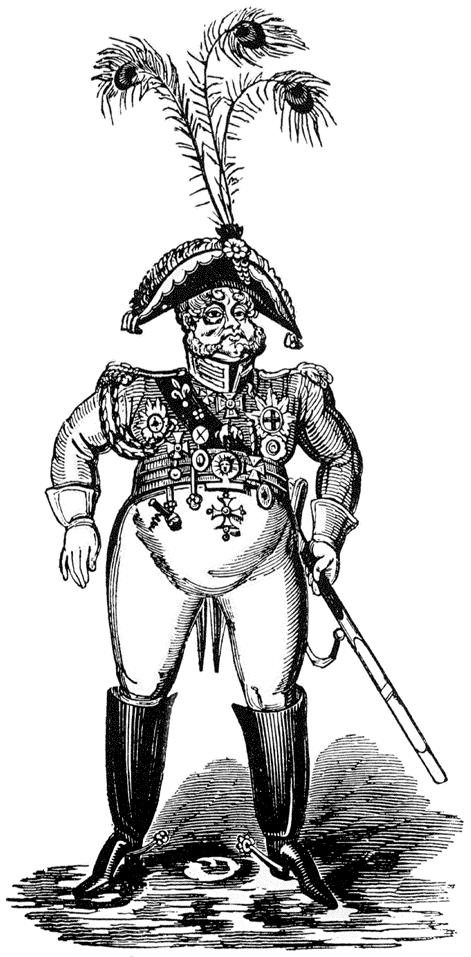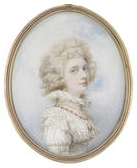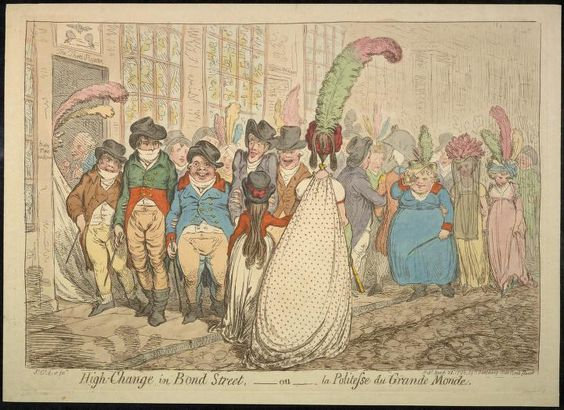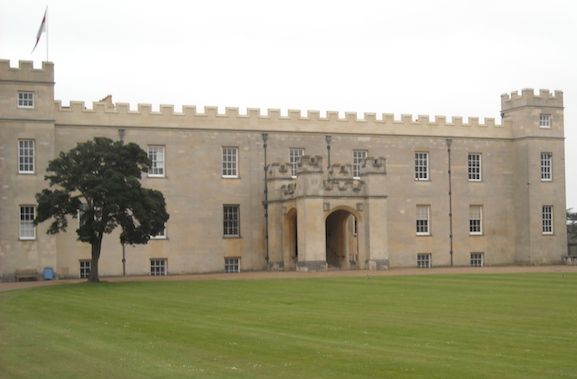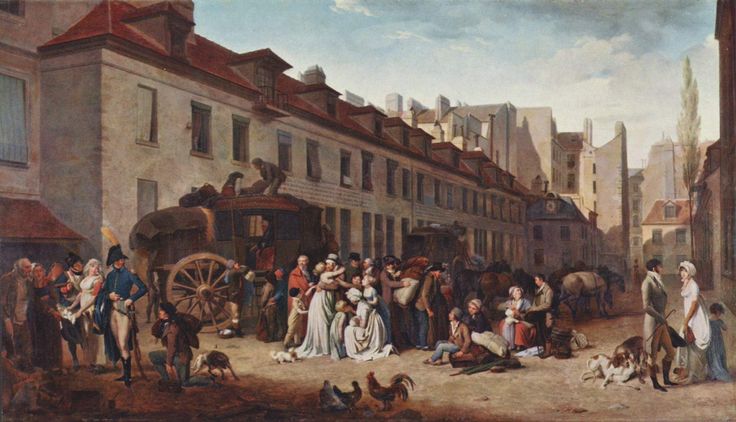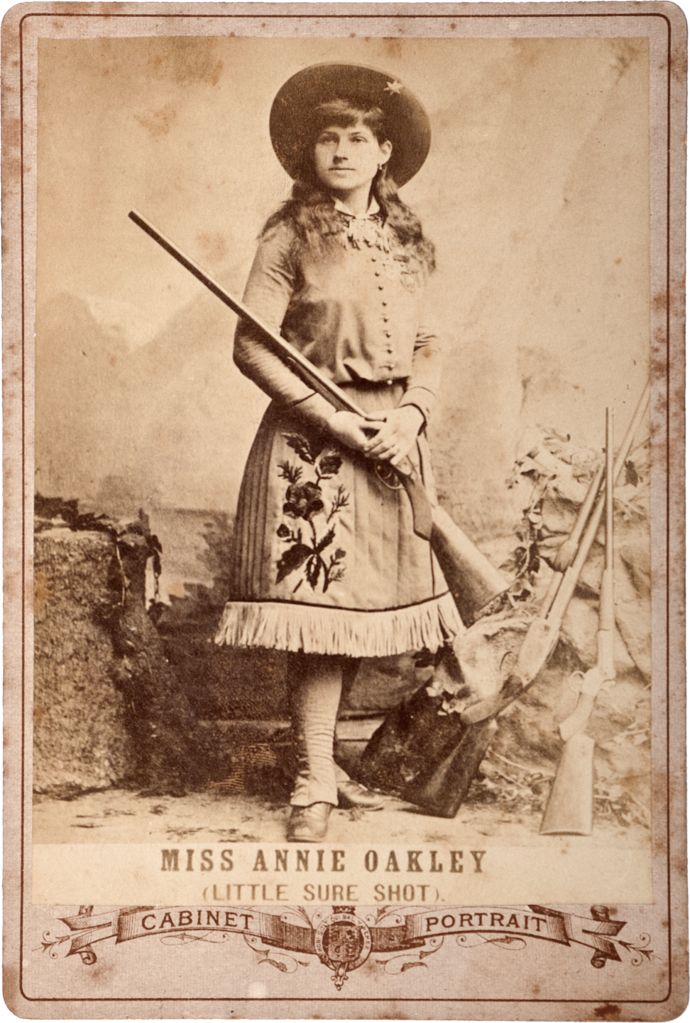Turtle Soup
Turtle soup was common on menus in England going back to before the Regency. It had to always be included as a dish for the Lord Mayor’s Banquet in London, and was so popular (and so expensive) that the English even developed Mock Turtle Soup for those who couldn’t afford turtle meat. Mock turtle soup was traditionally made with a calf’s head, so if the idea of eating turtle makes you gag, you might like the mock version even less. Personally, having eaten plenty of it in New Orleans, I enjoy the real thing.


